Overleaf 模板库LaTeX 模板 — Recent
适用于期刊文章、学术论文、简历、演示文稿等的 LaTeX 模板。
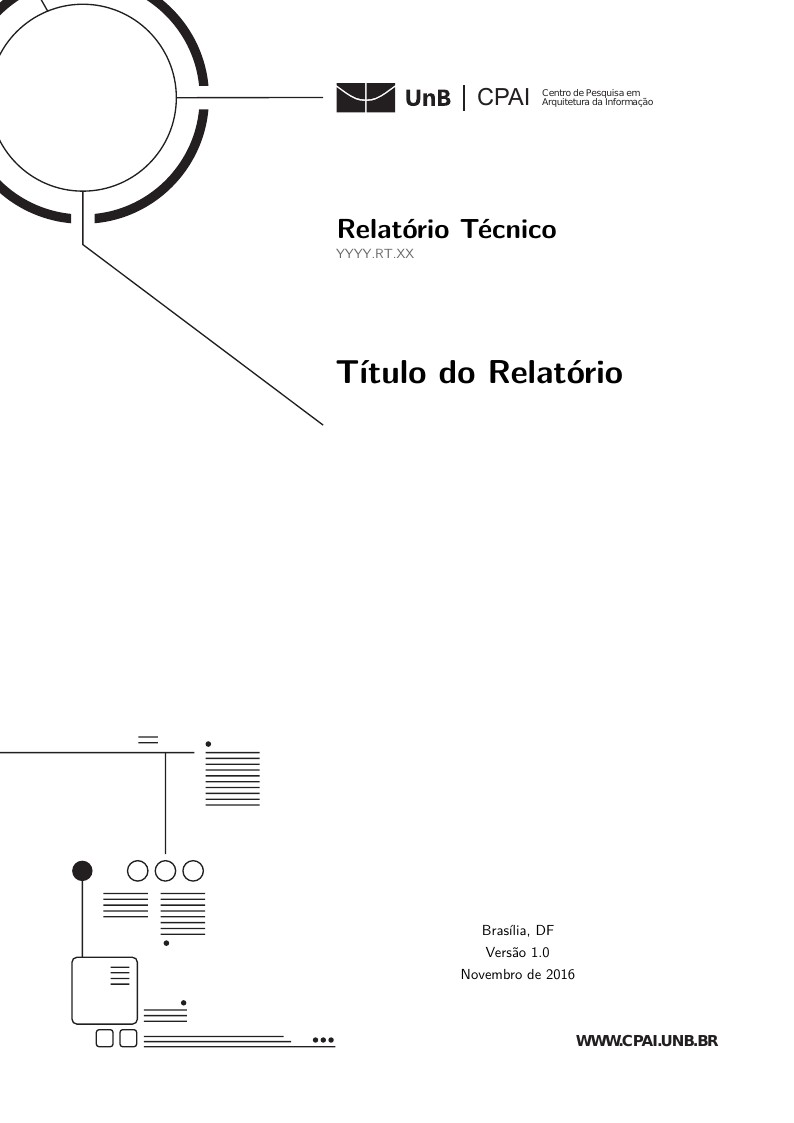
RELATÓRIO TÉCNICO DE PESQUISA Criado a partir da classe abntex2, desenvolvida pelo Centro de Pesquisa em Arquitetura da Informação (CPAI)
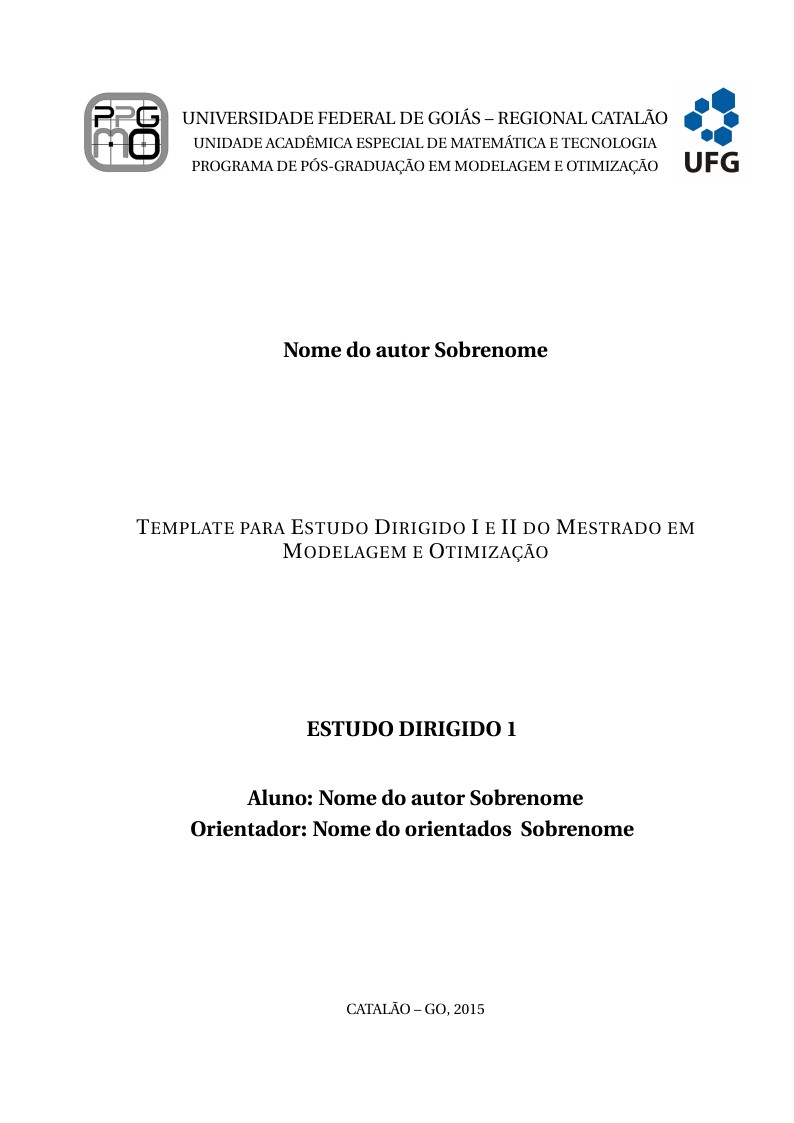
Template para Estudo Dirigido I e II do Mestrado em Modelagem e Otimização da UFG/Regional Catalão.
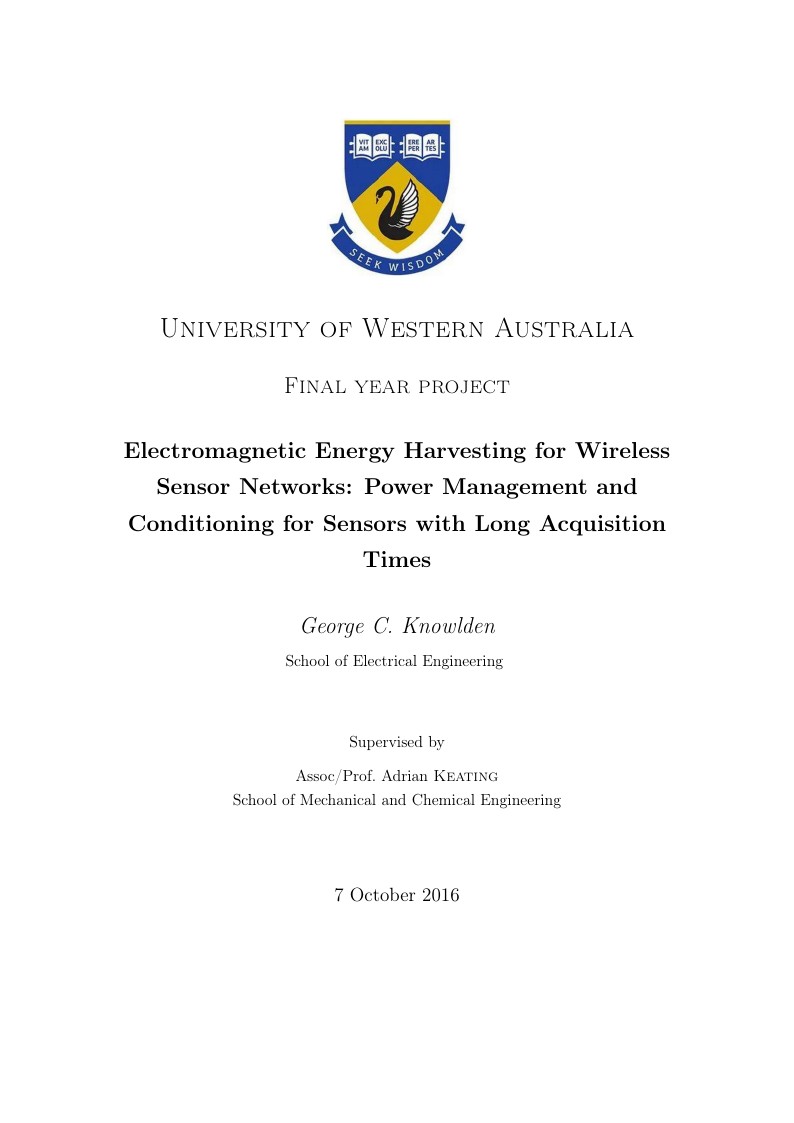
A simple thesis template for use by UWA students for their Final Year Projects. IEEE format referencing uses Biber, lots of useful packages. A nice clean look, without anything complicated.
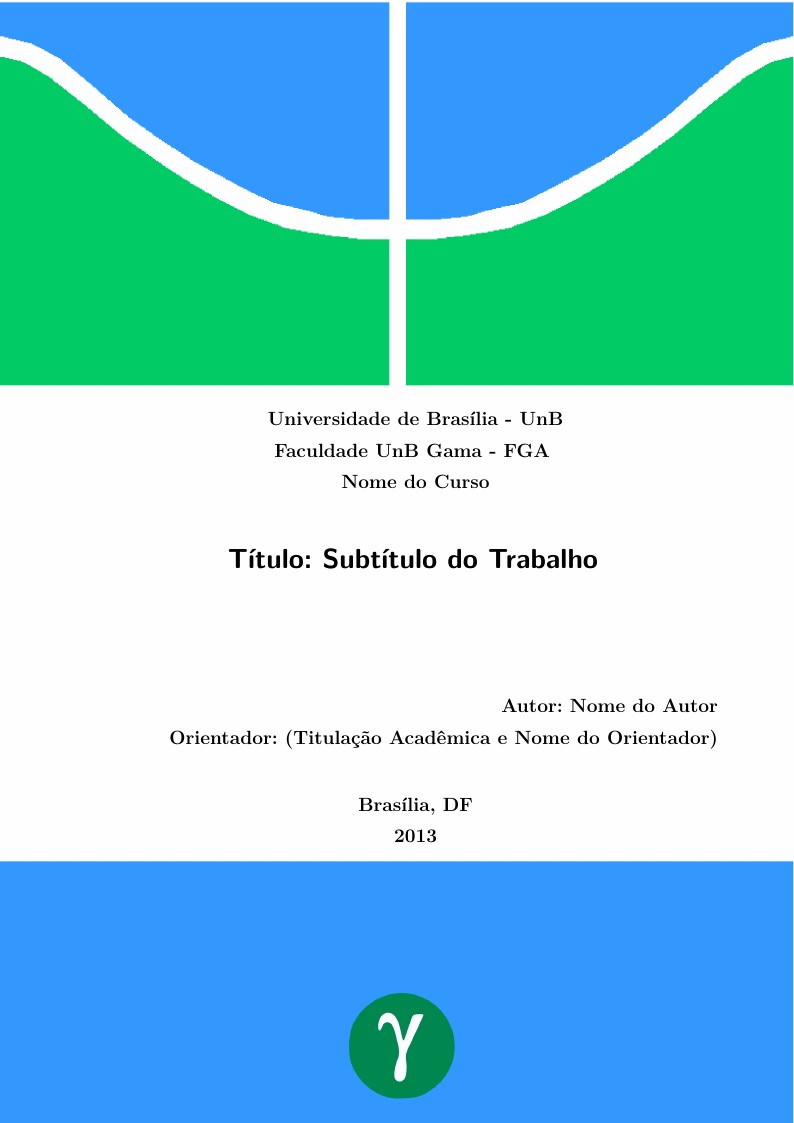
Desenvolvido e adaptado pelo professor Edson Alves edsomjr@gmail.com.
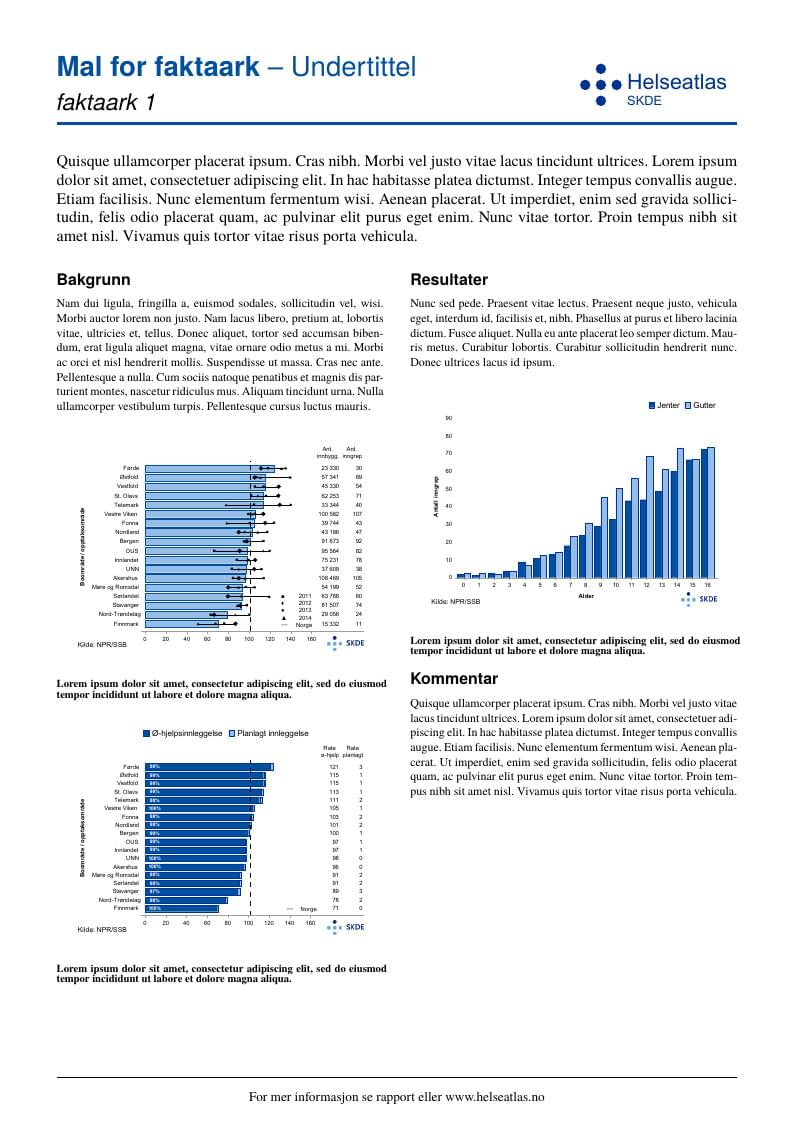
Template for 'Helseatlas' fact sheets, for SKDE Can be both one-page and two-page fact sheets Jan. 29 2019: Simplified setup Sept. 21 2018: New framework (all fact sheets in one document) Apr. 10 2017: LuaLaTeX and TeX Gyre fonts
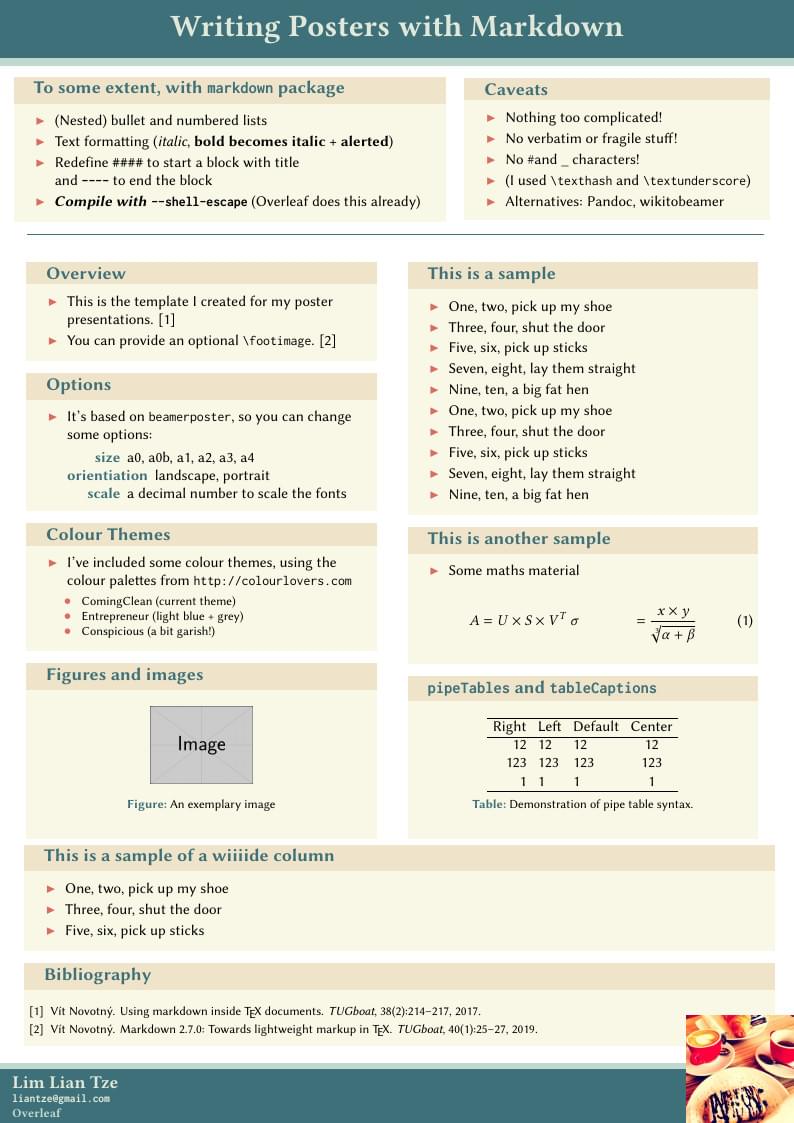
The markdown package makes it possible to use markdown in LaTeX documents. Now here's an example to show how markdown can be used to create posters, especially using beamerposter.
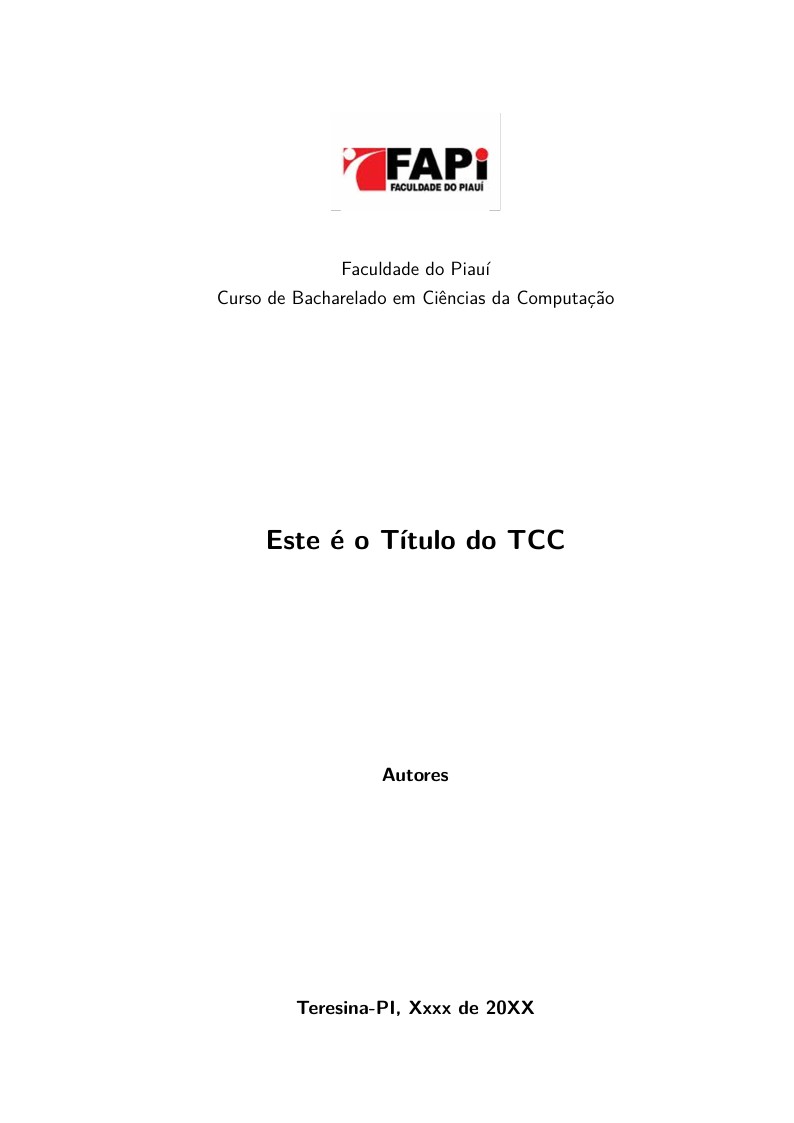
Modelo LaTex para preparação do documento final de Monografia TCC O modelo está em conformidade com ABNT NBR Faculdade do Piaui
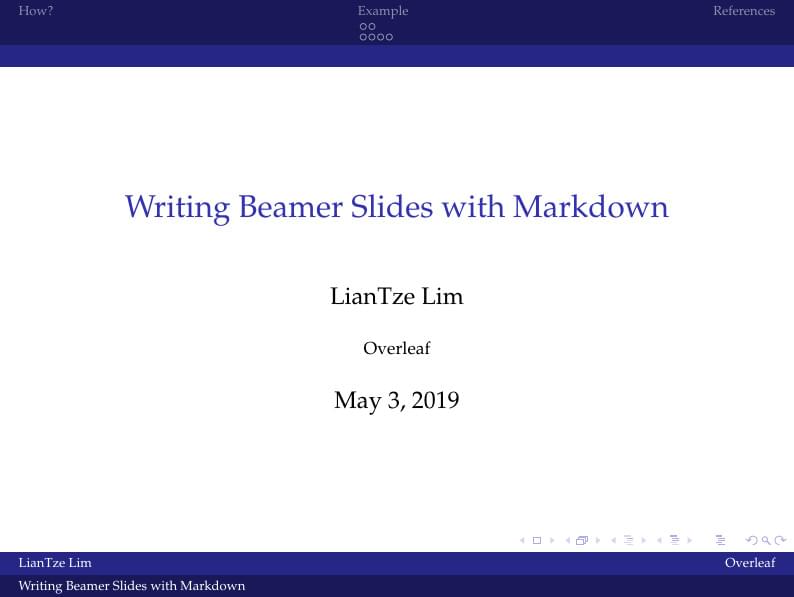
The markdown package makes it possible to use markdown in LaTeX documents. Now here's an example to show how markdown can be used to create beamer presentations.
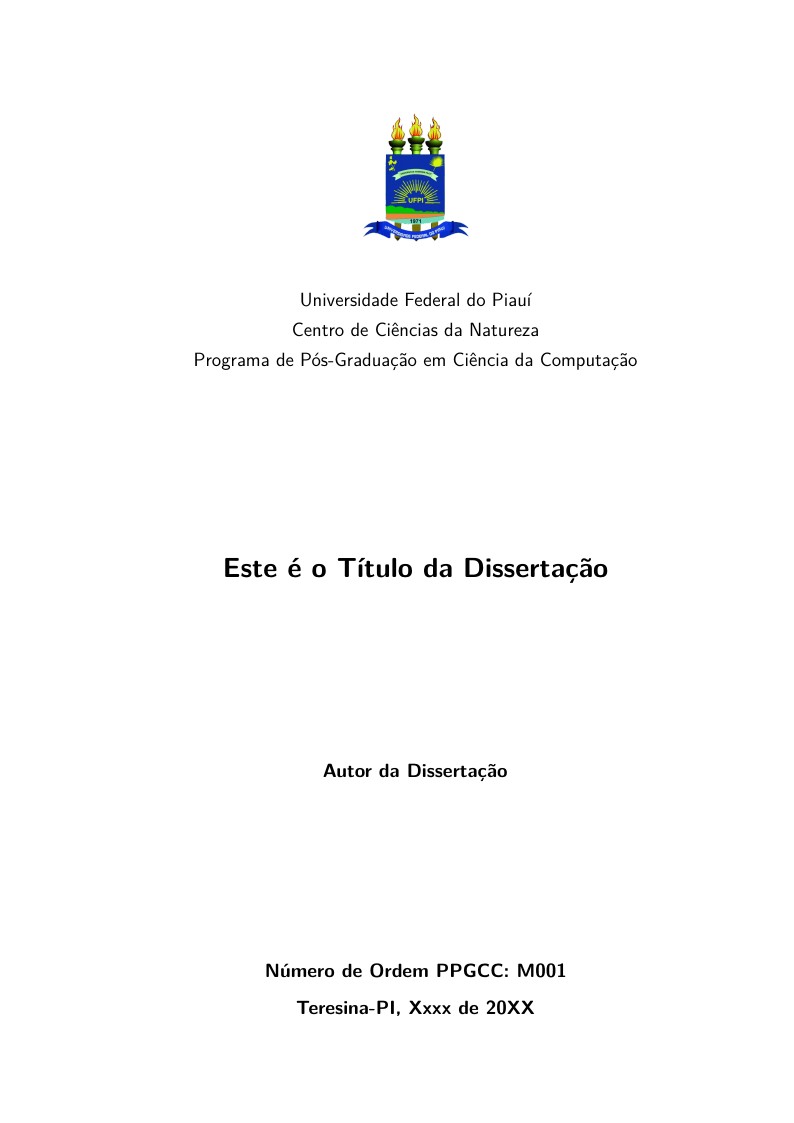
Modelo LaTex para preparação do documento final de Dissertação de Mestrado O modelo está em conformidade com ABNT NBR 14724:2011: Programa de Pós-Graduação em Ciência da Computação Universidade Federal do Piauí Versão: v0.9